
Flavors From Home
We know cultures from around the world use food as a way to connect themselves with family and community. In Buffalo, our rich history of immigration from Poland, Italy, Germany, and Ireland have brought recipes and traditions that we still hold dear today. And with recent immigrants from India and African countries, the Middle East and Asia, we have new flavors to enjoy. Flavors From Home steps into the kitchens and restaurants of immigrants in Western New York to learn a little more about the cultural food traditions of people from around the world who are now Making Buffalo Home.
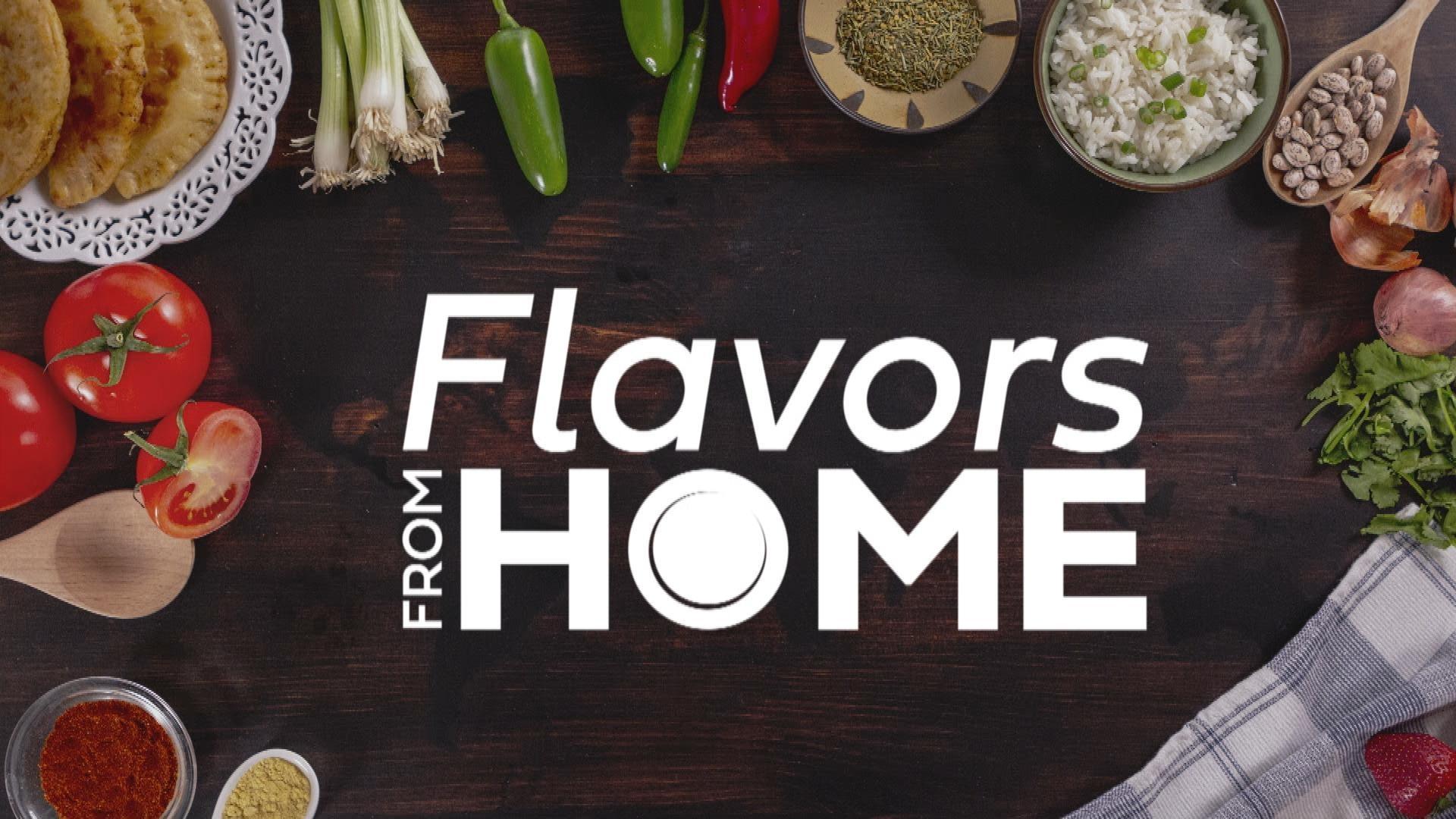
Flavors From Home | Biscotti with Michael and Tom DiCamillo
Meet Michael and Tom. Their family bakery in Niagara Falls produces delicious biscotti.
Flavors From Home | Biscotti with Michael and Tom DiCamillo
Italians are known for their great pasta and cheeses but they are also known for great desserts. One unique and popular Italian dessert is biscotti. They are twice-baked, oblong-shaped, and crunchy. What makes biscotti unique is the process of each bake, ensuring just the right flavor and crunch when finished.
The DiCamillo family are no strangers to biscotti. The family bakery has been producing them for over 100 years. “Every 12-year-old in America knows what a biscotti is. They’re cookies,” Michael DiCamillo said. “Cookies have always been popular.”
After emigrating from Italy, Michael DiCamillo’s grandparents started the bakery with their 11 children on 14th Street in Niagara Falls, NY. “There was already an existing bakery in the cellar. It was in 1920, with a retail store on the first floor, and two apartments above it where they lived,” Michael said. “It was very much a typical kind of immigrant story.”
Michael, his brother Tom, and a variety of other relatives operate DiCamillo’s Bakery today. Michael is in charge of the business side of the operation while Tom runs the production floor. Tom’s knowledge and enthusiasm are evident and he thrives in the kitchen.
The name Biscotti comes from the Latin word biscoctus, which means “twice-cooked.” To make biscotti, you roll the dough into a long log and then bake it. Once the first bake has cooled, you slice the biscotti into thin pieces and bake it again. In the past, production was done completely by hand but today most of the work is done using machines.
Traditionally, biscotti is a breakfast cookie that is dipped in coffee or tea, but it can also be paired with wine. Biscotti became a novelty in the 1980s. The New York Times published an article calling it “The Biscotti Decade.” For the DiCamillo brothers, biscotti has been one of their signature items since the beginning. Today, the bakery has many different flavors of biscotti, including cherry almond butter, lemon butter, and chocolate-dipped.
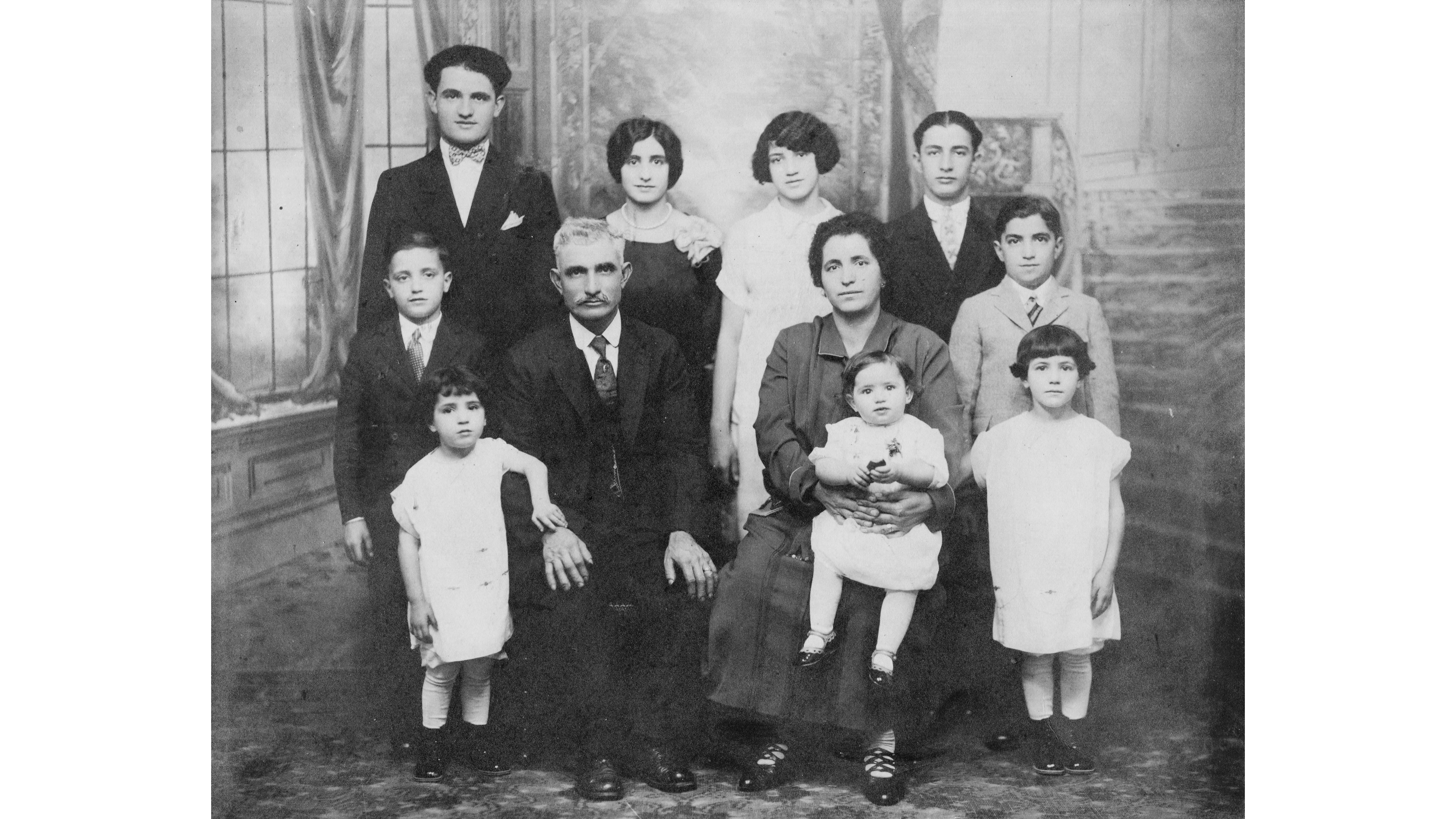
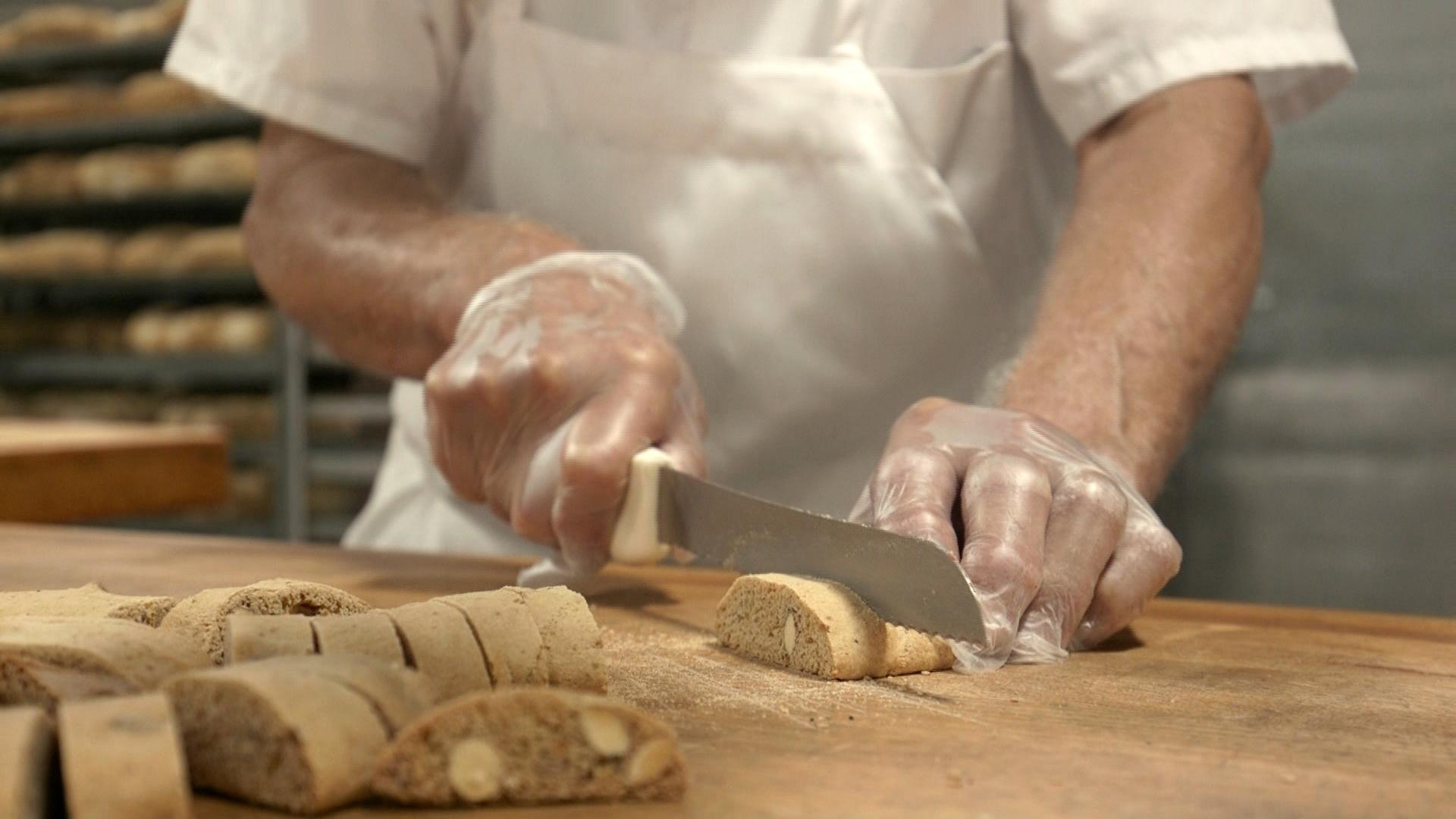
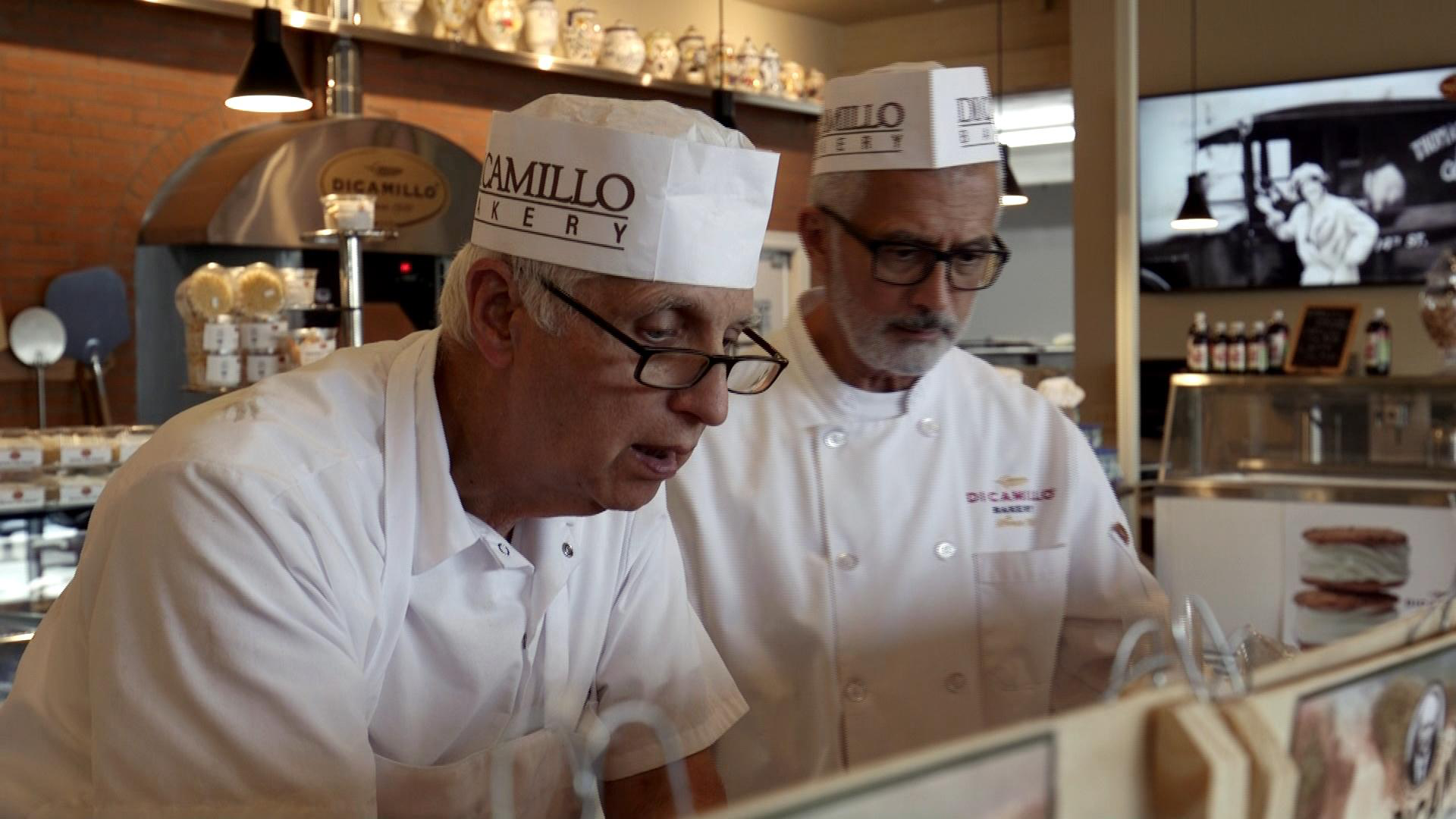
Flavors From Home | Colombian Carne Guisada
Meet Diana & Edgar, who share their love of traditional Colombian cuisine in Buffalo, NY.
Flavors From Home | Colombian Carne Guisada
In this episode of Flavors From Home, we meet Diana Molinares and Edgar Pachon. They serve up Carne Guisada, Arroz de Fideos, and Tajadas. Together, this husband and wife team run the only Colombian restaurant in Buffalo, and love sharing their traditional cuisine with all of Western New York.
Diana was born in Colombian and left at the age of 16 for the United States. Her aunt had been living in America for a while and had been attempting to sponsor the rest of her family including Diana, her mother, her other sisters, and nephews. It took 10 years for the family to receive visas to live in the United States. Diana was resistant at first. As a teen, adjusting to life in Buffalo.
“I didn't want to do it," Diana recalls. "All my friends were there. My life was there. I was going out to party and have fun and coming here was like, I have nothing to do. It was really different. The culture is different.”
Diana’s husband Edgar has a different experience entirely. While he was also born in Colombia, Edgar spent many of his formative years in Venezuela. He was a successful entrepreneur there, owning a wide range of businesses including a restaurant and a childcare facility. Edgar was also an activist who happened to oppose the dictatorial Venezuelan government. Food and electricity, among other necessities, were scarce for the Venezuelan people. Because of his opposition, Edgar was kidnapped twice. He fled Venezuela and sought asylum in America. That’s where he met Diana while she was spending some time in Florida. They started dating and Edgar ended up moving to Buffalo. Eventually, they were married and began building a new life together.
Diana never imagined owning a restaurant. The idea started when she and Edgar ate at the only Colombian restaurant in Buffalo, NY. Edgar joked with the owner about selling him the restaurant. The owner laughed and said, "Oh, not yet. It's too new. In a few years, I will sell it to you." A couple of years later, the original owners gave them the opportunity to take it over. Edgar already knew how difficult it was to run a restaurant and questioned Diana’s resolve, but she was determined to make it work. It was important to her that Colombian cuisine was available and represented in Buffalo.
“It's important for me to share my culture because I want people to know that we are not all the same, that we are not all Mexicans or Puerto Ricans," says Diana. "It's like they just look at us like, oh Puerto Ricans or Mexicans, but we're not. We are different. We all speak Spanish, we eat similar things, but we are not all the same.”
What sets Colombian cuisine apart from other Latin cuisines is how people in Colombia combine fresh vegetables grown in their backyards with farm-raised chicken, beef or pork along with staples found in most Latin meals such as rice, beans, and sweet plantains. They use garlic, onion, and cumin to lightly season their dishes, letting the flavors of the vegetables do most of the work. The popular Colombian dish Carne Guisada with Arroz de Fideo and Tajadas is simply stewed beef and vegetables along with seasoned rice mixed with bits of angel hair pasta, and a side of sweet plantains.
For Diana and Edgar, Buffalo is now home, and their American dream is simply to share the flavors of their homeland with all of Western New York.
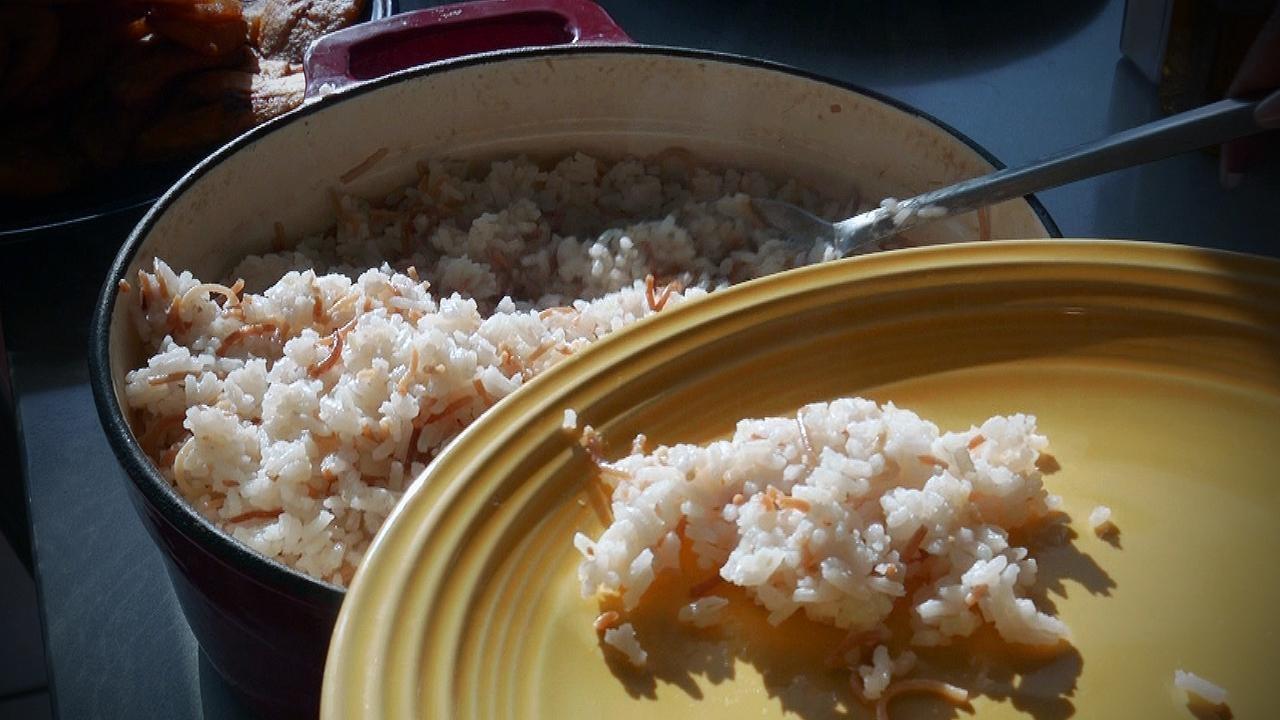
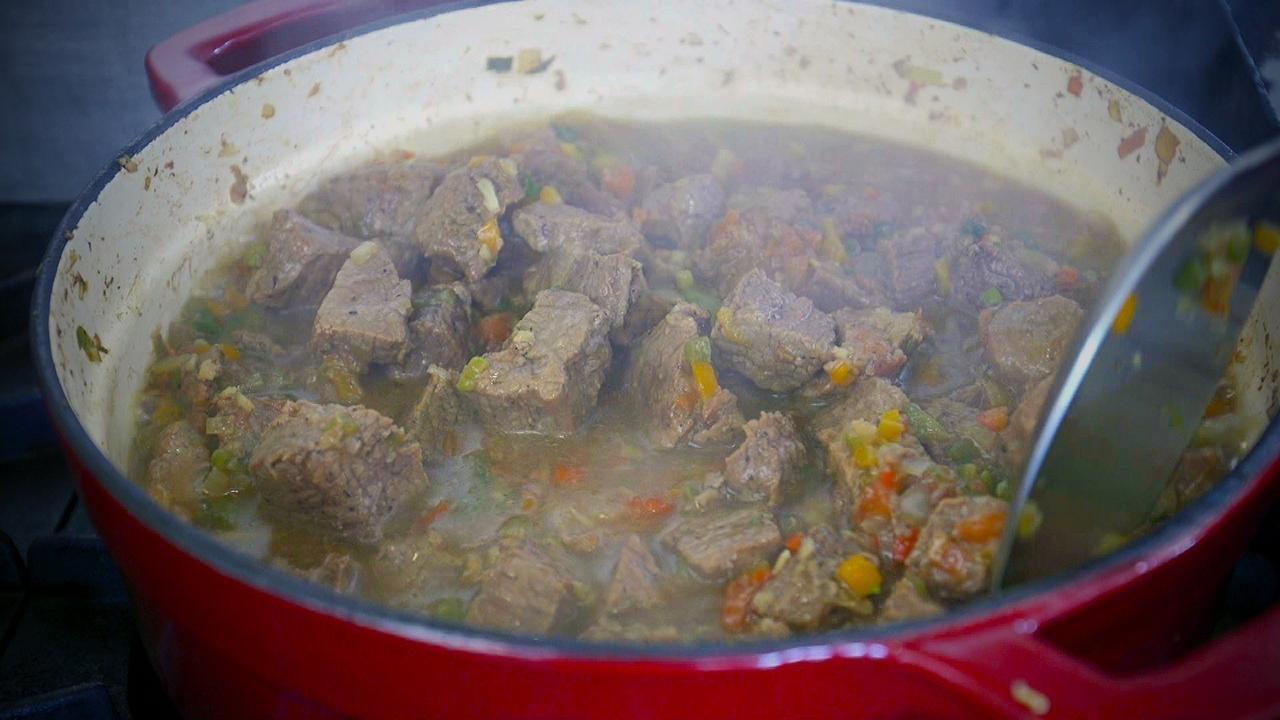
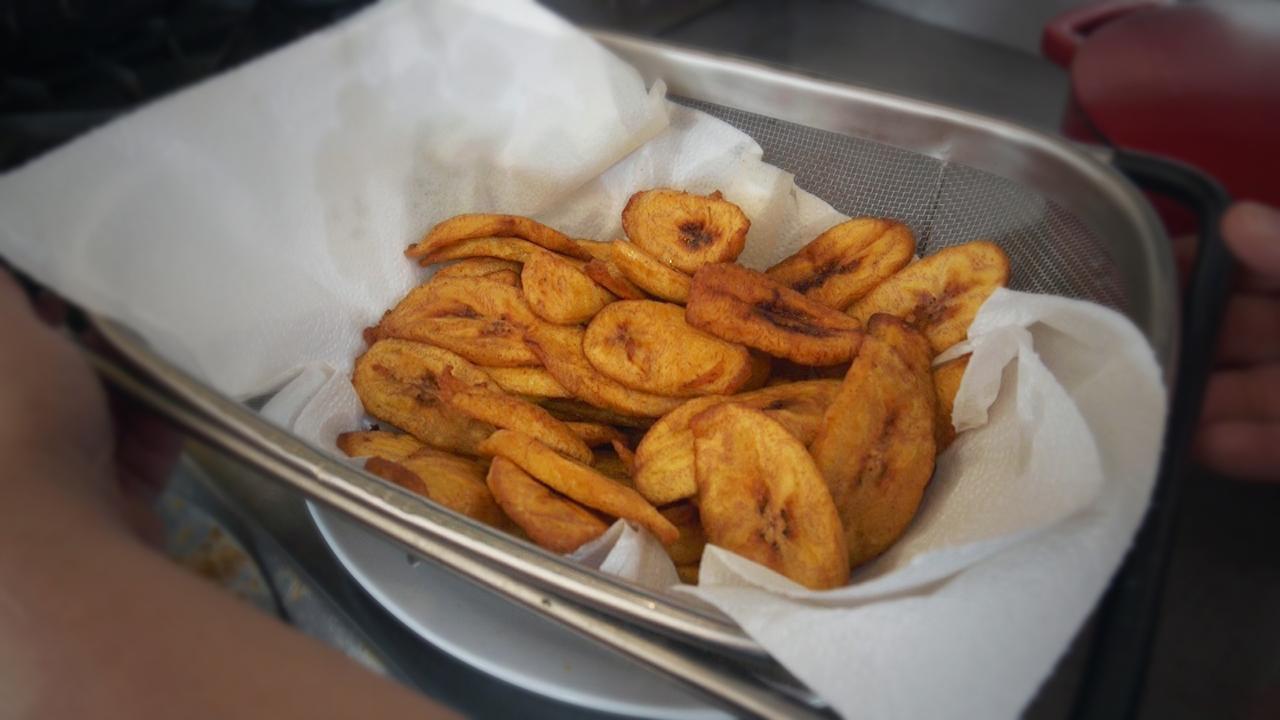
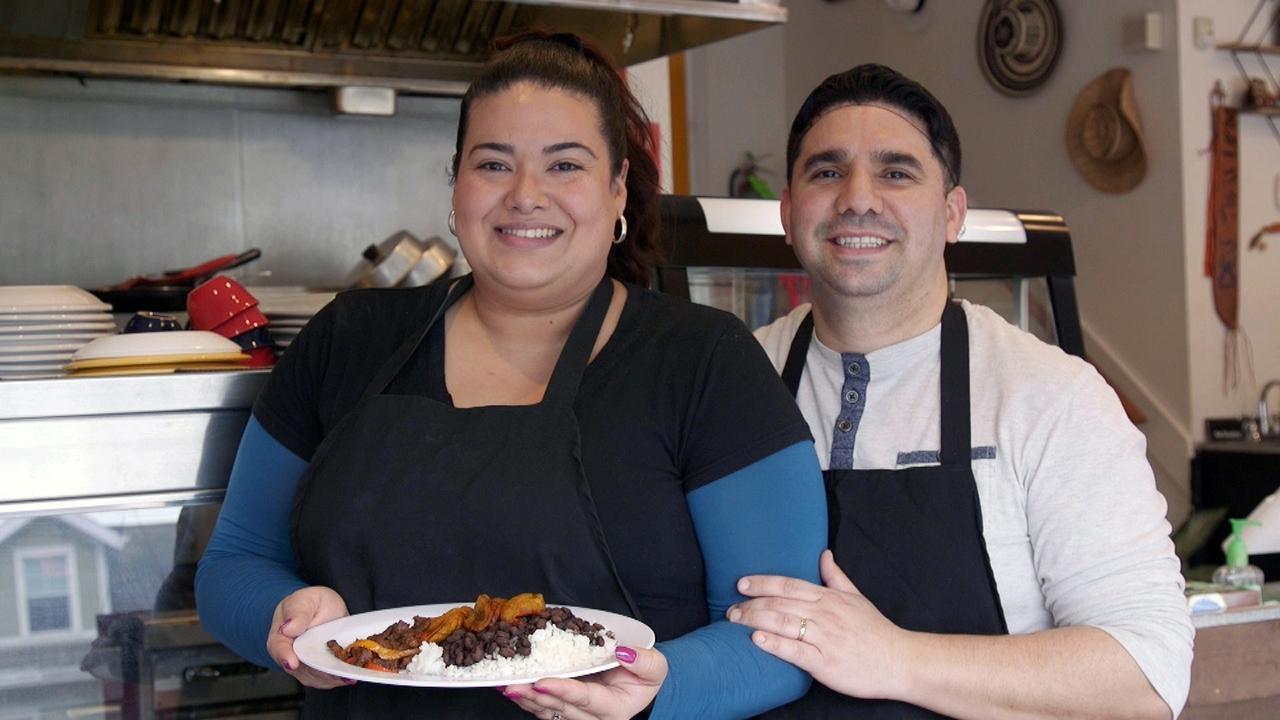
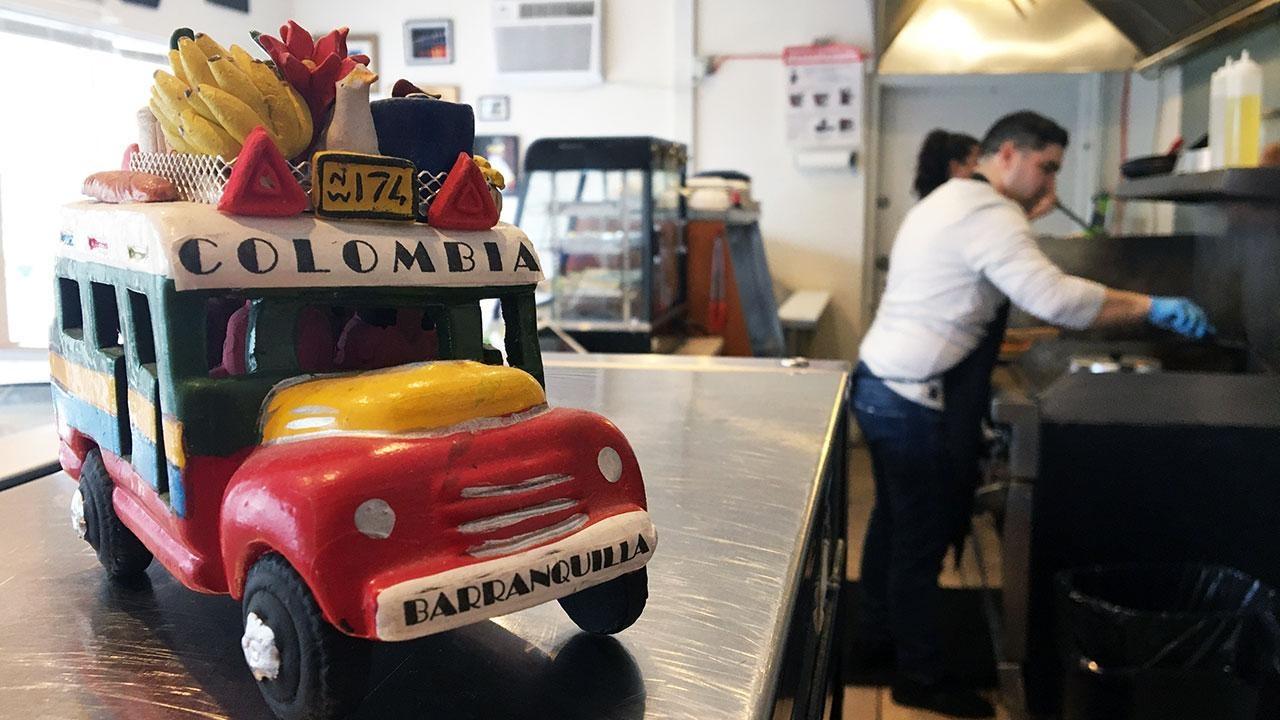
Vietnamese Family Favorites | Michael Nguyen
Meet Michael Nguyen, who shares his love of traditional Vietnamese cuisine in Buffalo, NY.
Vietnamese Family Favorites with Michael Nguyen
In this episode of Flavors From Home, Michael Nguyen makes a meal full of traditional family favorites – Vietnamese egg rolls, green mango and shrimp salad, and pho.
Michael Nguyen’s grandfather fled South Vietnam after the fall of Saigon during the Vietnam War. He is one of thousands who settled in America in the late 1970s and early 80s.
“It was tough for him because he was one of the first Vietnamese to settle in Buffalo and start a new life. I think the reason that he came here was that he wanted to be the bridge, so he could sponsor our family so we could have a better life, a better opportunity in America.”
In 1991, Michael and his family resettled in Buffalo. He remembers how tough those early years were: learning English, adjusting to Buffalo weather, and adapting to life as a teenager in America.
“Nowadays they allow you to have English as the second language or take courses. But not in those days. We know French, Russian, Chinese, and other languages. So I came here with very little English.”
As Michael’s family familiarized themselves with Buffalo, his father saw that the city’s Vietnamese community was growing—but there were still no Asian grocery stores nearby. With that in mind, he opened A Chau Asian Market on Niagara Street. Still wanting to expand, he eventually opened Niagara Seafood next door.
Michael helped his family, but never saw himself joining the businesses permanently. He dreamed of going away to college and working in the technology industry.
“The first year I attended at UB and then second year I moved to RIT and majored in computer science. I graduated in 2001 and worked in Rochester at Gleason Works as a software developer for five years.”
But eventually, Michael decided to move back to Buffalo, and began again to help with his family’s work. In the years after he returned, Niagara Seafood transformed into a full-service restaurant, Pho Lantern, that offers traditional Vietnamese cuisine.
Michael credits his mother for teaching him what he knows about creating dishes that incorporate the five elements that make Vietnamese food so unique: the balance of sweet and sour, bitter and salt, and, of course, spice. Vietnamese recipes stress the use of fresh ingredients and minimal dairy and oil, though flavors vary by region. Dishes tend to be less spicy in northern Vietnam than in the central regions, and to the south, the vast shorelines make seafood a prominent staple.
“Pho means rice noodle. It originated in North Vietnam and it consists of rice noodle, beef and broth. In order to have a good broth, you need to have good bones, good timing, and proper preparation. There's a lot of tricks that you need to learn in order to make a good bowl of pho.”
Michael says it’s important to keep his culture alive and be proud of where he’s from, but he’s embraced his new life in Buffalo.
“At home I always try to speak Vietnamese with my children. I always try to have family time. Even though we are busy, we, and our parents, always teach them the Vietnamese way and remember who we are. We built our life here and we love Buffalo. It is our second home that brings us a lot of opportunity, has given us many chances, and we would like to say thank you. Thank you very much.”
Bulgogi from Korea | with Judi Mokhiber
Meet Judi Mokhiber from Korea, who runs an international food truck in Buffalo, N.Y.
Bulgogi from Korea
In this episode of Flavors From Home, Ms. Judi makes traditional Korean Bulgogi with Kimchi Fried Rice and Sautéed Vegetables.
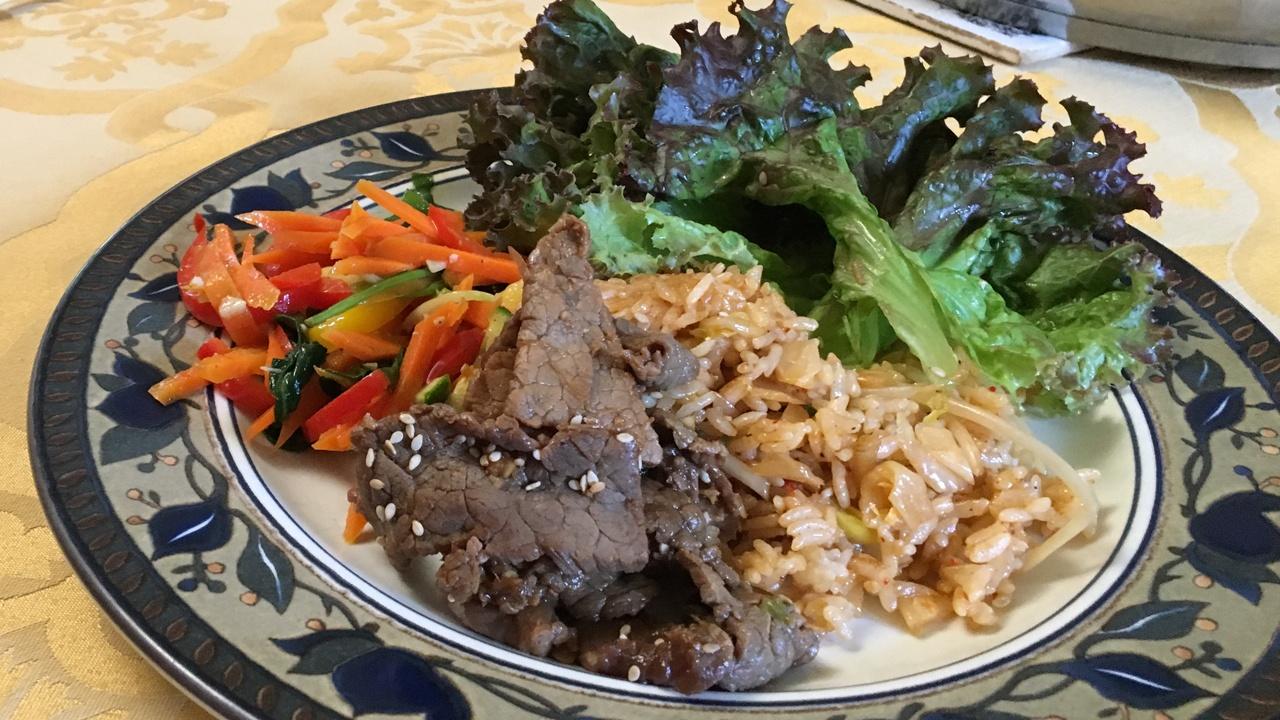
Judi Mokhiber knows little about her humble beginnings. She clings to the haunting memory of losing track of her mother at a busy market, only to be collected by the police in the hopes of being reunited.
“The next thing I remember was that I ended up in an orphanage, a state run orphanage, which was to me, nothing like I’d ever seen before," Judi recalls. "The kids had no hair; their heads were shaven. They did not look that healthy. I was actually quite afraid of being there.”
Judi has no idea why, but eventually some nuns from St. Paul’s Orphanage in Korea came to get her and raised her along with about 100 other children. She remembers that during those years at St. Paul’s, Judi developed a daily routine of spending time in the kitchen. Whenever the cook was preparing meals for the children and the staff, there was a good chance you could find Judi standing by her side. She loved the colors and the bold flavors found in traditional Korean cuisine.
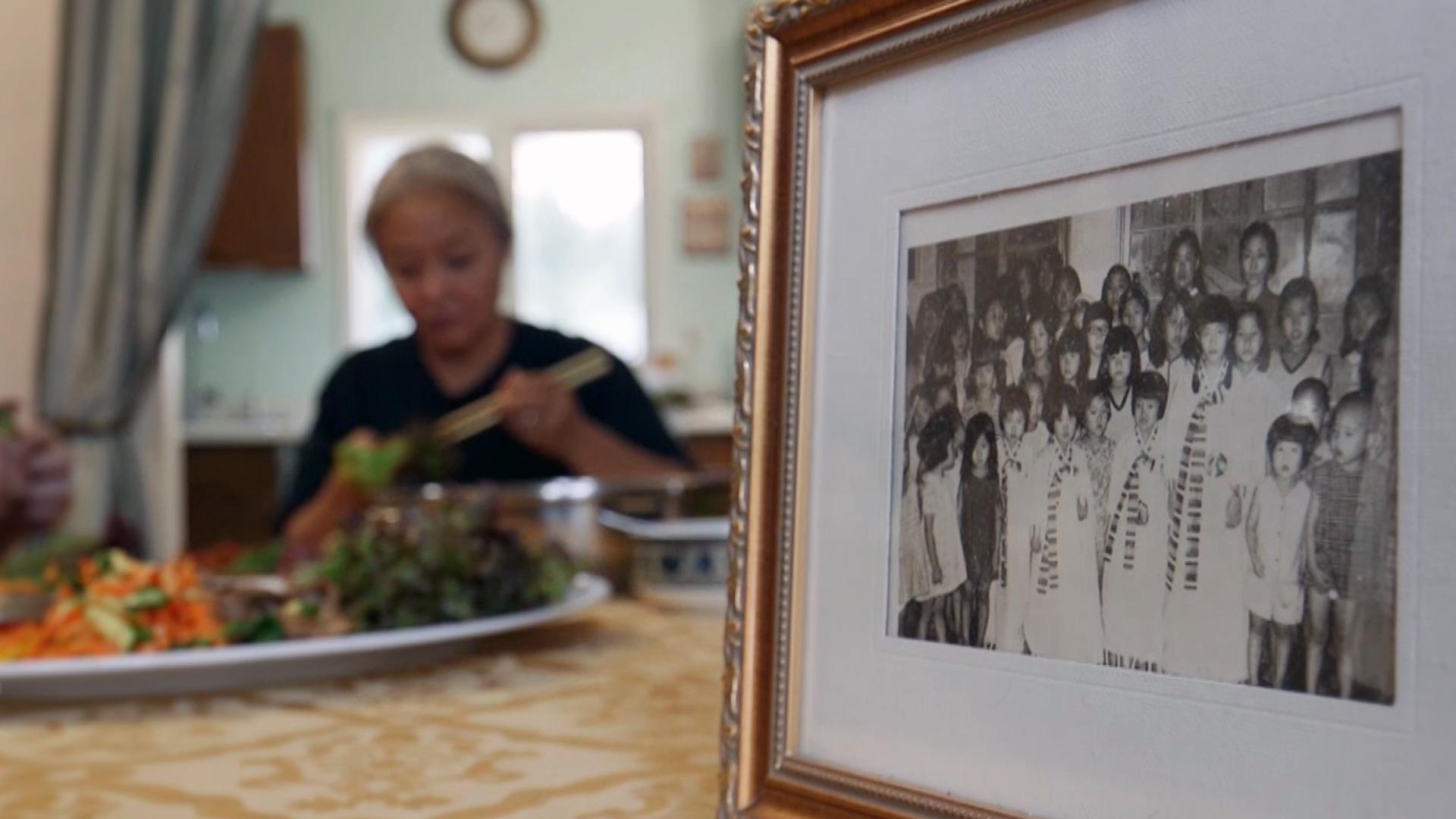
An orphan’s dream is to be adopted and to have a family that loves and cares for them. In 1972 that dream came true. Judi received word that an older couple from America would soon arrive and take her back with them. She never imagined this would be her fate. Excited and scared, Judi came to America as a ten-year old child and began a new journey in Chicago, Illinois – learning English and slowly bonding with her parents.
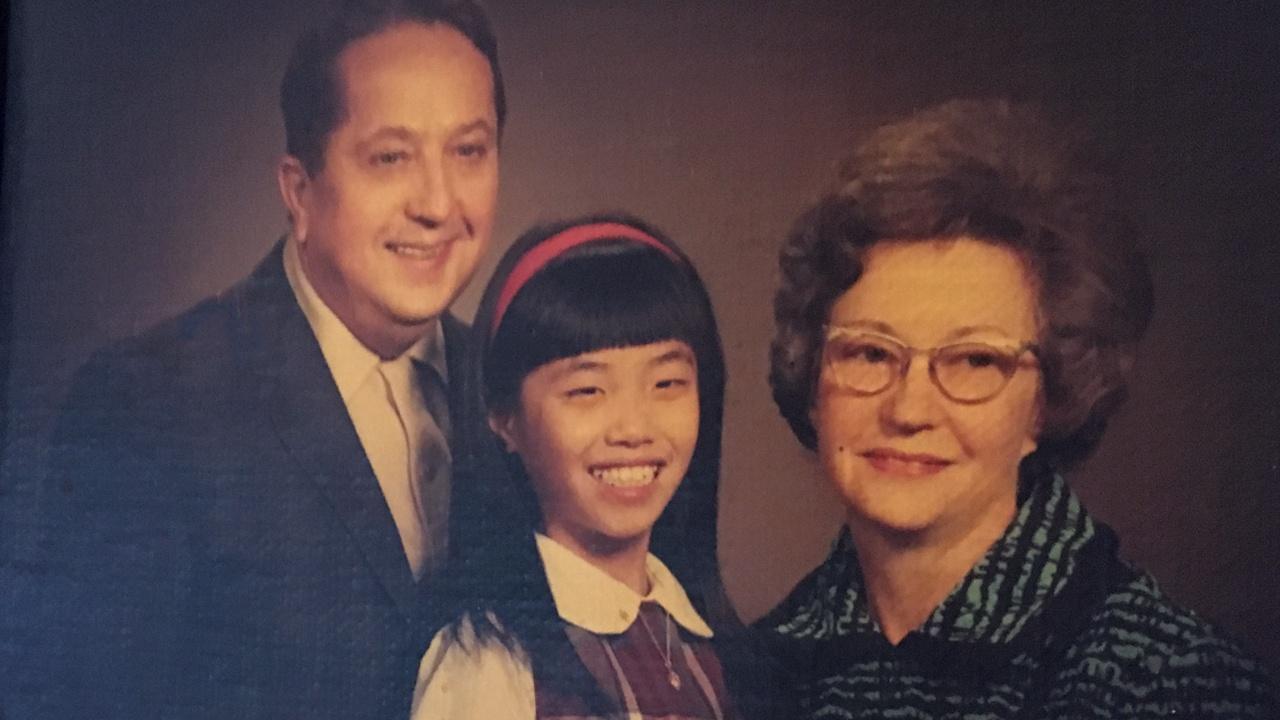
She remembers her parents taking her to the Lion’s Club annual picnic.
“Basically the Lion's Club helped adopted children, like myself, learn about their heritage and food," Judi said. "They would make bulgogi, chap chae; they would have kimchi there. They would have shows, traditional Korean dance, and games that we would play. And my parents would take me there as much as they could because I thoroughly missed Korean food. First time my mom had kimchi, her Irish throat turned bright red. Oh my God, I felt so bad for her because she does not eat spicy food. But thank God she survived.”
Judi is now married to her husband, who’s family is from Niagara Falls, NY. He “wooed” her to Buffalo by introducing her to the historic Broadway Market, which reminded her father and Chicago’s Polish neighborhood. That’s all it took to convince her to give Buffalo a try.
Her cooking skills here have developed over the years, first as a caterer and now to her multi-cultural food truck called International Cravings. Her truck offers food from all the cultures of her family including traditional Korean, Lebanese, Polish and Italian cuisine. You can find Judi at many food truck hot spots including Food Truck Tuesdays @ Larkin, several festivals throughout the summer, Artpark and Buffalo Bills games.

It brings Judi great joy to share the culture and traditions of her Korean background to hungry Western New Yorkers. This is one way she is making Buffalo home.
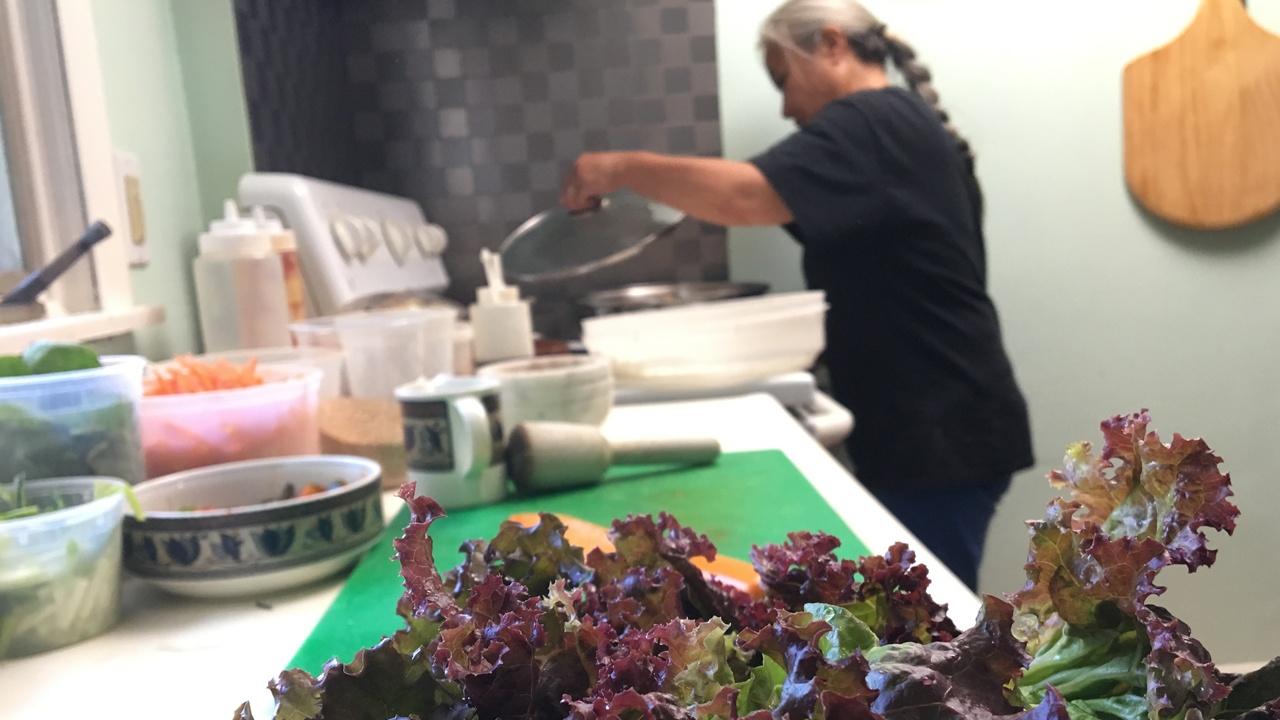
Jollof Rice From Nigeria | Mariam Adekoya and her Mom, Risikat
The story of a mother and daughter who prepare traditional Nigerian Jollof Rice together.
Jollof Rice From Nigeria
When Mariam was just a teenager, she was brought to the United States by her father who was searching for better opportunities in education for his young daughter. While she was afforded these in America, the transition was difficult. Mariam was overwhelmed with the new culture, the language, the climate, and her surroundings. She missed home and she missed the rest of her family and her friends.
It’s been a decade since Miriam arrived. She’s embraced life in America and Buffalo, NY, and has a successful career in insurance. She’s never forgotten her West African roots and the importance of honoring her culture. It was a dream to be reunited with the rest of her family, and give them the same opportunities she received. After a long process, Mariam was able to bring her mother and sisters here to Buffalo. Reuniting with them has been an incredible experience. Mariam says, ”My mother is amazing. She can do anything she puts her mind to. It is so good to have her here and we are blessed.”
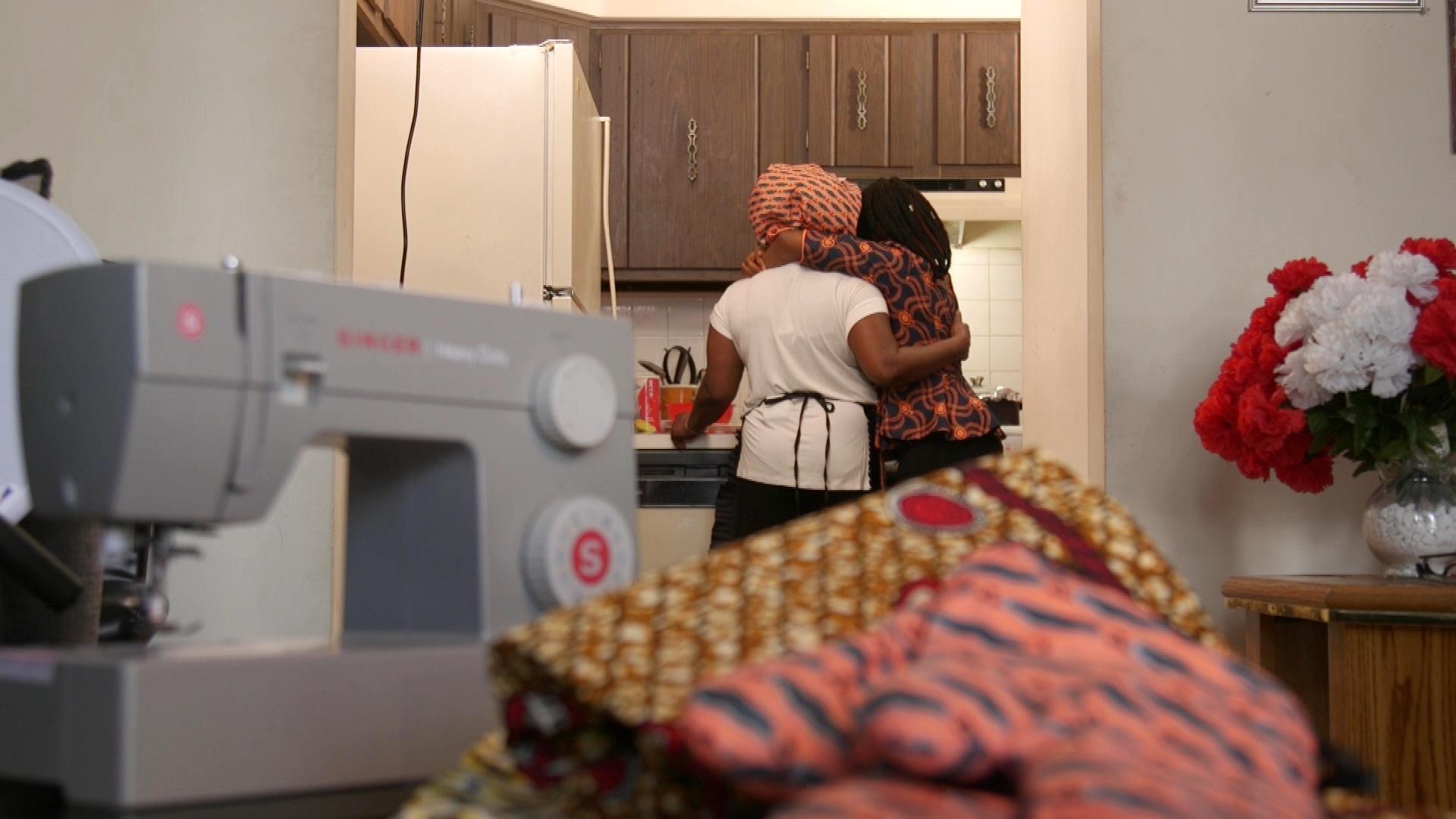
Mariam’s Mom, Risikat, is thriving here in Buffalo. She goes to school and works, while also managing her own sewing business. All of the clothing featured in this episode was created by Risikat. She loves Buffalo and looks forward to contributing more to the community she now calls home.
Sharing time in the kitchen and learning how to cook traditional Nigerian food is something Mariam enjoys the most. In this episode of Flavors From Home, Miram and her mother make traditional Nigerian Jollof Rice.
Jollof Rice is a traditional and very popular dish served in the regions of Western Africa including Nigeria, Ghana, Senegal, Sierra Leone, Gambia, Togo, Liberia, Nigerm Mali, the Ivory Coast and Cameroon. Spiced and stewed in a flavorful tomato broth, jollof rice can be consumed everyday, but often is saved for celebrations like weddings, graduations, and birthdays. The classic version is cooked with long-grain rice and seasoned with a mix of spices depending on the region you are from. In West Africa, people take a lot of pride in claiming their own version of the dish. Around the world, it might be considered a side dish, but in Nigeria, it’s properly prepared with some sort of meat, and is a special main dish.
Mariam has tried making Jollof Rice over the years, but she says her mom’s just has that special touch and flavor that she can’t seem to replicate. She says, ”I think it’s the touch of a mother’s love.”
Recipe | Nigerian Jollof Rice
Ingredients:
2 tomatoes, chopped
1 can tomato purée
1 red bell pepper
1 red habanero, rodeo or scotch bonnet pepper
1 medium onion, roughly chopped
¼ cup peanut or vegetable oil
3 tablespoon butter
4 cups chicken or beef broth
4 cups uncooked, long-grain rice
1 tablespoon fresh ginger or 2 cloves of garlic (optional)
2 tablespoon curry powder
1 tsp thyme
2 cubes of Maggi seasoning
Salt to taste
2 lbs. chicken or beef cut of your choice, chopped into 2-inch chunks

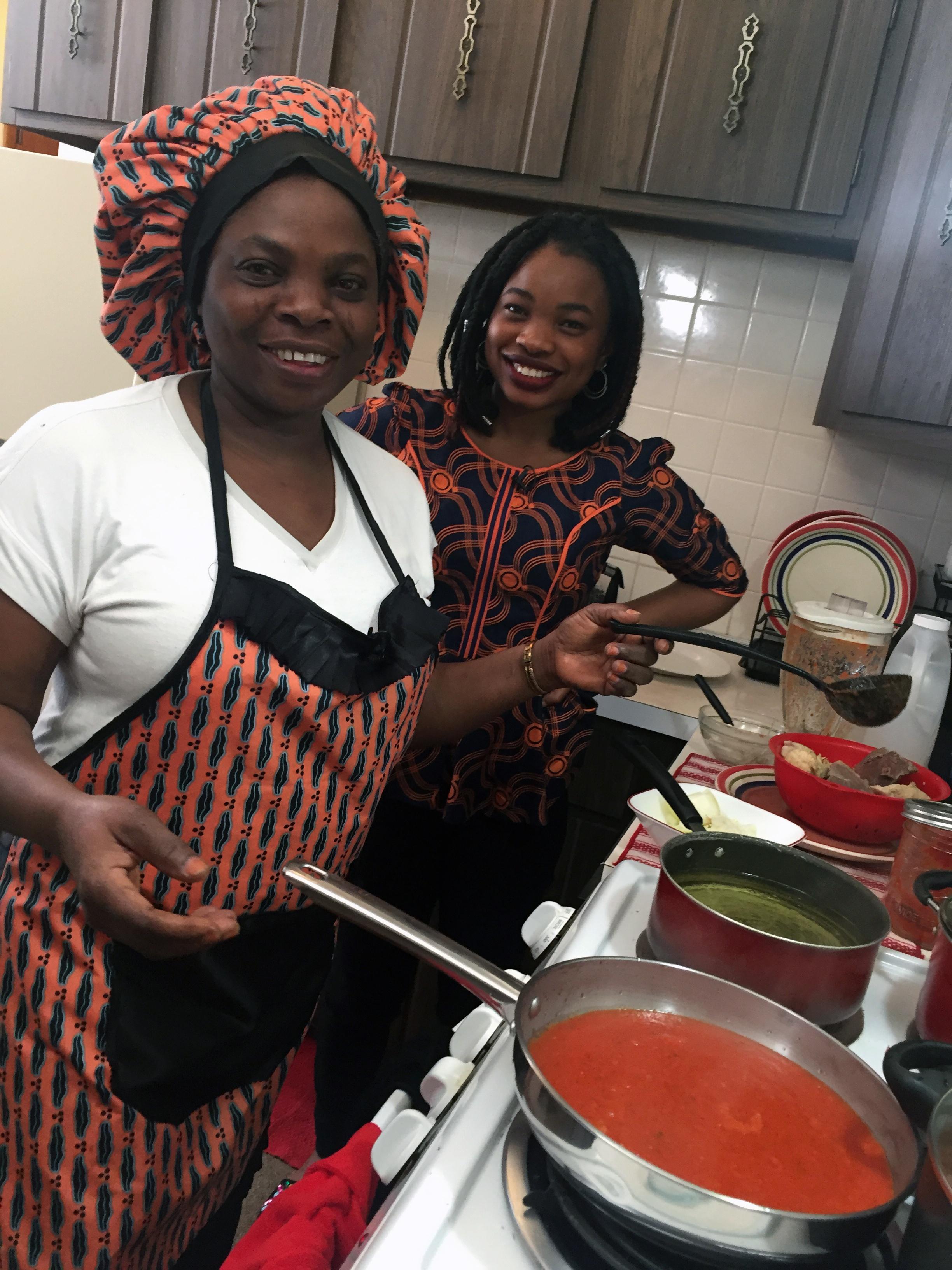
Process
- In a blender, combine the tomatoes, tomato puree, bell pepper and habanero pepper. Blend until smooth.
- Heat the oil over medium heat in a sauce pot
- Roughly chop the onions, and add them to the oil. Saute until translucent.
- Add the blended tomato & pepper mixture.
- Reserve 1 cup of the mixture.
- Add stock and seasonings, and heat on medium for 20 minutes, stirring occasionally.
- Rinse the rice to remove the starch and add the rice to the tomato mixture. Cover tightly. Let the rice steam in the tomato mixture on a low flame until done (about 20 minutes). Check for doneness – add more time if necessary, but don’t overcook the rice or it will become too sticky.
- Deep fry the beef or chicken in a pot of oil, and add to a pot with the reserved liquid.
- Serve the rice and top with the beef or chicken.


Sausage (Kiełbasa) From Poland | Annie Graver and Family
The story of a Polish-American family smoking traditional Kiełbasa (sausage) at Easter.
Kiełbasa from Poland
In Poland, kiełbasa is a generic term for any kind of sausage. Asking for kiełbasa in a store in Poland is the same as asking for cheese at the cheese counter of a large supermarket here. What in North America is known as Polish sausage, or Polska Kiełbasa, is usually a ring of smoked sausage made of pork meat and fat, sometimes mixed with beef, spiced with salt, pepper, garlic, and at times, marjoram, with other additives.
Kiełbasa-making is said to have appeared in Poland in the 15th century. At first, the sausage was made of different meats. Today, the most popular kiełbasa is made of pork. Before refrigeration, meat was preserved in a number of ways, among them, by smoking over a fire. What we know as Polish sausage is also served not smoked, but cooked, baked, or grilled. In the U.S. it is called "fresh sausage", as opposed to "smoked sausage".
The overwhelming majority of Polish people are Christian, specifically Roman Catholic. Christians believe that God sent a son named Jesus, to earth to be sacrificed for the salvation of mankind. Soon after his death, the son came back to life. It is this coming to life that is celebrated on Easter Sunday. Roman Catholics, and members of Eastern churches, fast for a period of 40 days leading up to Easter. In earlier times, fasting guidelines for Catholics greatly restricted the consumption of meat until Easter Sunday.
On the day before Easter Sunday, Poles take to church a basket of foods to be blessed by a priest. These foods will "break the fast" the following day. In the basket are sausage, and ham, symbolizing the sacrifice of God's son; a lamb sculpted out of butter, or sugar, with a red victory banner symbolizing the victory of life over death; eggs symbolizing new life; and other specially-prepared symbolic foods.
A number of Polish-Americans make sausage at home for Easter, up to six generations after their ancestors arrived with the tradition from Poland. In Annie Graver's family, it's noted that her father's side made their sausage with marjoram, while her mother's family did not. Annie's maternal grandfather, Henry Brzyski, began making kiełbasa for Christmas and Easter, building his own smoker. Henry was born in the U.S. to immigrant parents. After Henry died, his sons and daughter (Annie's mom Catherine) took over the preparation. Henry's children involved their children, Annie and her cousins, Annie's dad, and her husband Charlie. Their daughters are now the fourth generation of kiełbasa makers in America.
The extended family gets together to prepare kiełbasa every year. They do it in a hands-on manner by chopping the wood, tending the fire, and constantly checking the sausage. Annie believes in "starting them young" so that meaning-filled traditions become normal to her kids. Her daughters are involved in cutting the casings, mixing the meat, and sharing it with their next-door neighbors. On Easter Sunday, Annie's family comes home from church and shares the fruits of their labors in celebration.

Making Buffalo Home is a two-year, in-depth Buffalo Toronto Public Media engagement initiative to inform and raise awareness of immigration for our entire community. The project aims to help the region develop a better understanding of the shared opportunities and challenges we face together as long-time residents and new immigrants and refugees.
Making Buffalo Home is funded by Rich Products Corporation and Rich Family Foundation.